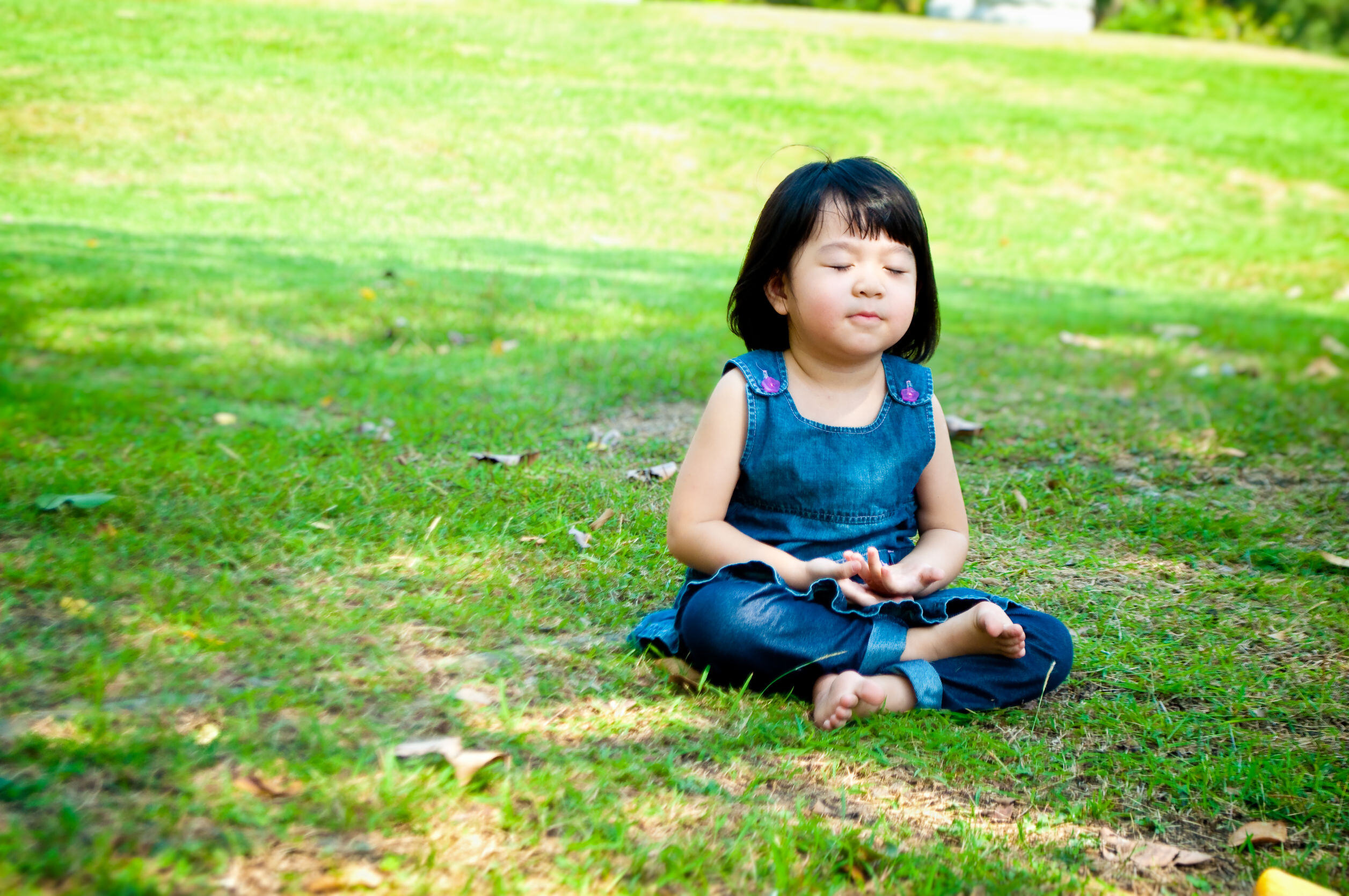
During Mental Health Awareness Month in May, the New York Times ran a piece entitled “Are We Talking Too Much About Mental Health?” In the article, the journalist cited some research that pointed to the possibility of overdoing coursework in emotional learning and mindfulness.
The article explained, “...two research psychologists at the University of Oxford, Lucy Foulkes and Jack Andrews, coined the term ‘prevalence inflation’ — driven by the reporting of mild or transient symptoms as mental health disorders — and suggested that awareness campaigns were contributing to it.”
The article noted that the position against school-related mindfulness programs and emotional learning was a minority. Some researchers cautioned against “throwing the baby out with the bathwater” and stated that emotional learning courses are beneficial.
I couldn’t agree more that teaching the skills of emotional intelligence in schools in seamless ways integrated throughout a child’s day is paramount to helping children develop the skills to calm themselves and learn how to manage their emotions, thinking and behavior - all critical and at the heart of self-regulation and the growth of executive function skills - allowing the prefrontal cortex to perform optimally and paving the way for critical thinking, problem-solving and conflict resolution in the classroom.
The first step an adult can take when a child is in an emotionally dysregulated state is to help calm their bodies physiologically, bringing them from “fight, flight or freeze” back into a calm and relaxed state necessary to function well. Dysregulated emotions hijack the brain’s ability to think and learn, leaving the child unable to do anything other than remain in the heightened “survival” state, unavailable to listen, attend or focus on what is being said, continuing the cycle of dysregulated, aggressive behavior. Lacking the necessary self-control or self-regulation skills needed to focus, attend and reflect on what’s causing the intense emotions interferes with thinking, reflection and learning, all foundational to problem-solving and resolving conflicts. Let’s not forget the social impact of not being able to manage emotions and understand those of others - critical prosocial skills in the development of empathy - has on their relating and relationships.
.png?width=1080&height=1080&name=Blog%20%20mindfulness%20and%20breathing%20as%20the%20first%20step%20(1).png)
For that reason, it is vital that teachers are equipped and supported with the skills, knowledge and strategies in order to guide children through their heightened emotional experiences, promoting an understanding of the causes and reasons for their behavior so they can reach a state of calmness and begin to reason and resolve challenges at-hand. Change doesn’t happen unless you can understand what is causing the problem that needs to be solved. Once understood, then solutions can be found.
To be able to model how to address, handle and manage emotions, so the child becomes available to listen, attend and think about ways to solve the problem, educators and caregivers need to be supported in learning about their own emotionality first - the oxygen mask rule - so they can with confidence and competence teach the skills necessary to help guide children through this process. Along with calming techniques such as deep breathing exercises being the first step, learning how to become competent in dealing with their emotions - their first language - are necessary next steps in this process.
To be taught how to recognize and understand their emotions and those of others, to learn to reflect and think about the causes, and to be able to regulate their big emotions promotes agency and self-control, and it provides the pathway in becoming emotionally competent/intelligent. Developing emotional knowledge and emotional regulation are the building blocks of emotional intelligence.
As the child learns emotional intelligence, they will then begin to respond to emotions rather than react. This allows the child to engage in finding solutions, becoming empathic and understanding the emotions of others and developing the self-control necessary not only to excel in the classroom, but also to lead a happier and healthier life in general. The skills of self-regulation, the ability to control their thinking, behavior and feelings ultimately provides children with a sense of agency and perspective that’s key to navigating lifelong challenges.
So, if there is any debate about whether emotional learning in classrooms makes a difference, it absolutely does. And the younger we start with our children, the better.
Don’t throw the baby out with the bathwater.
These Posts on Mental Health
Housman Institute, LLC
831 Beacon Street, Suite 407
Newton, MA 02459
info@housmaninstitute.org
(508)379-3012
Explore
Our Products
Legal
Connect
Contact
Join our Mailing List!
Subscribe to receive our newsletter, latest blogs, and ECSEL resources.
We respect and value your privacy.
No Comments Yet
Let us know what you think